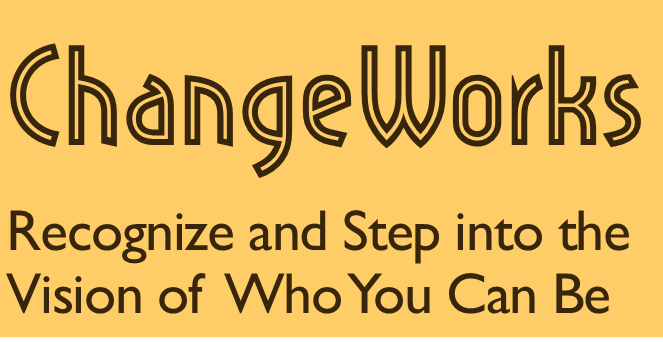Muscle Testing
Muscle Testing, also referred to as Applied Kinesiology, is a way to get honest feedback about what is going on in the body on a physical, spiritual, intellectual or emotional level. It is used to test for allergies, in assessing chiropractic problems, and in facilitating personal therapeutic work by assessing issues to work on, blocks, methodologies needed and progress made.
Muscle testing works because muscles become weak when in the presence of negative things. For example, if you are allergic to something and you hold it in your hand, your muscles will become weak. The logical brain is by-passed to get a true reading of what is occurring in the body/mind and what is needed to clear issues, blocks and negative patterns. Muscle testing is used because the physical body responds more clearly and honestly than the logical or analytic mind does. Answers provided through this process are not influenced by a person’s hopes, social conditioning or social taboos. The muscle testing process also provides answers from the sub-conscious mind that are unavailable to the conscious mind.
In terms of how muscle testing works, the person being tested is asked to hold an arm firm in a particular position while asking a question or making a statement. The body part doing the testing could be the arm held out to the side of the body, or it could be fingers being held together or even a leg if arms are impaired. The person is asked to hold it in that position or to resist you pulling apart their fingers, arm or leg. If they can hold the position, then the issue being tested is strong or the answer is a "yes." If they cannot hold the position, then there is a weakness, or the answer is "no."
It is also possible to do self-testing. This involves asking yourself a question while attempting to hold two fingers together and pulling another finger from the other hand through those fingers (if the finger doesn’t go through then the answer is a "yes," if it goes through, it is a "no"). Or you can hold the index finger out straight and attempt to push it down with your middle finger. You can also stand and see which way the body leans: usually forward for a yes or backward for a no. The best method is the one that feels most comfortable to you. Some people have difficulty testing themselves. Don’t feel that you are a failure if this is the case. Practice. And if you still feel uncomfortable with it, then teach the process to another person, and ask them to do it for you.
Some people get yes’s and no’s reversed. If this occurs, just retrain the mind by saying that "a yes is when the arm or finger stays firm, a no is when it is weak." Because people can get reversed, it is a good idea to begin the process by asking the person (or yourself) to, "show me a yes" and then test (they should test strong). And then ask them to "show me a no" and test them (they should test weak).
Questions that are asked during the muscle testing process may determine the outcome of the testing, so the wording of a question is very important. Make sure that what you say is what you want to be testing. If the results are confusing, try wording the question in a different way. Or you can ask if this is a valid question. Or ask other questions that shed light on the issue.

